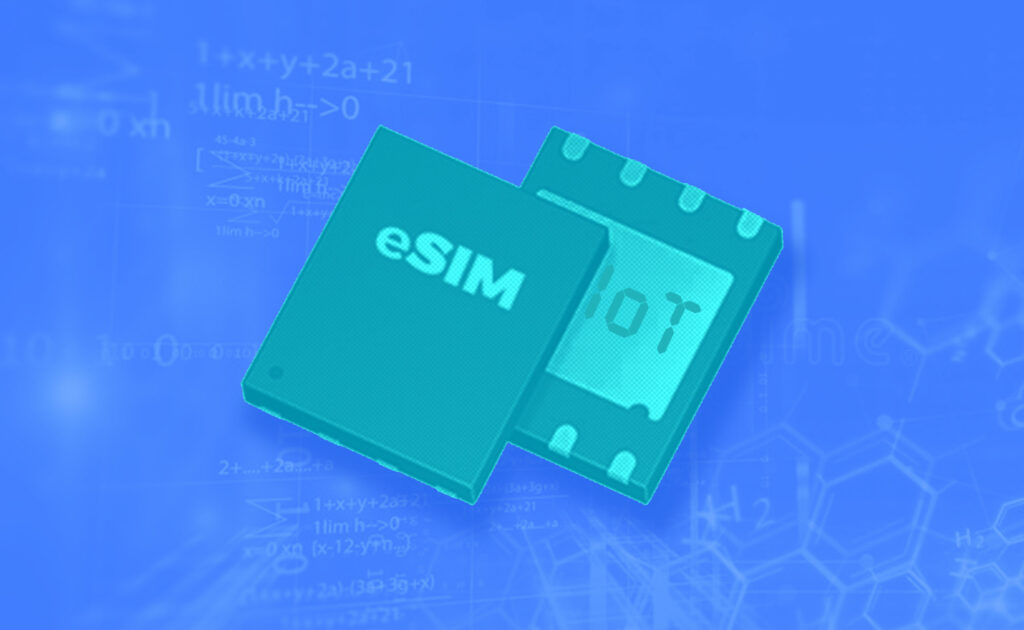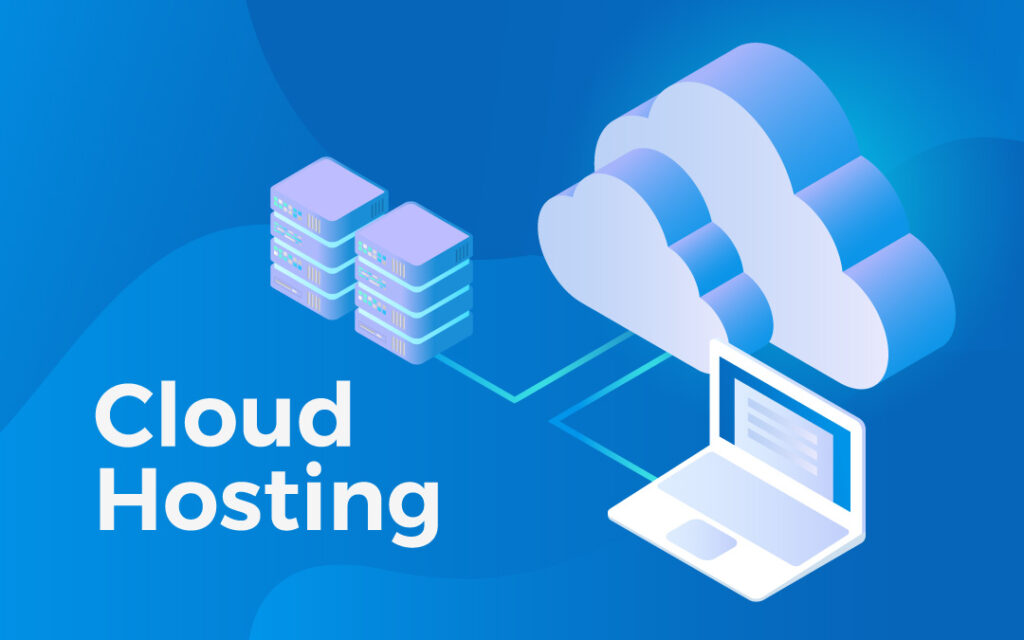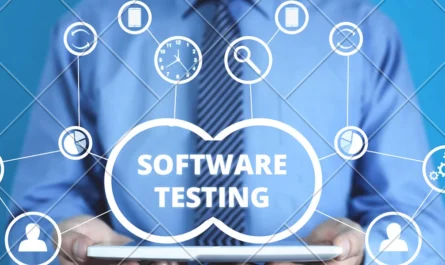eSIM is one of the fastest growing new technologies. In 2024, more than 1.2 billion eSIM loaded devices were recorded.
Right now, many eSIM devices also have a SIM option alongside. However, this is expected to change fast and before long, many devices will feature eSIMs only. MNOs need to move fast in terms of eSIM to make sure they take advantage of the opportunities for growth this technology brings.
By 2025, that number will probably reach 6 billion, according to Workz. That’s a 400% increase in just four short years. Soon, eSIM will be a part of every household and feature in a wealth of devices.
Here, we discuss what MNOs need to consider regarding the initial setup and ongoing management of eSIM platforms as we move into 2024.
Page Contents
What’s driving the growth of eSIM?

Later this year, Apple is expected to remove the SIM tray from its latest phones. This can only serve to accelerate the growth of eSIM.
For many consumers, eSIM devices are very appealing. For frequent travelers, eSIM provides the chance to avoid extortionate international network usage charges from their home provider. Instead, travelers can switch instantly to a competitive network provider wherever they are.
For business users, dual eSIM and SIM devices allow them to use two phone numbers simultaneously. eSIM-only devices also support multiple plans and their phone settings mean users can easily switch between them.
Away from mobile phones, eSIM technology is being adopted across multiple markets, including utilities, automotive and consumer electronics. The internet of things (IoT) is connecting an ever growing range of devices. As a result, eSIM is now being embedded into everything from trucks to smartwatches.
What does this mean for MNOs?

eSIM devices are a fantastic opportunity to attract new customers and keep existing high-value ones. Capitalizing on digital distribution and subscription marketing represents a new avenue for MNOs. Over 230 MNOs are now offering eSIM subscriptions in over 80 countries worldwide.
eSIMs for consumers can offer a fully digital journey with almost instant onboarding and installation. While this is convenient for customers, MNOs can also reduce costs by lessening the cost and time associated with the delivery of physical SIM cards.
As well as high-value mobile phone users, MNOs have the chance to expand into the wearables and consumer electronics market. As households expand their use of connected devices, they will look for a simple, one-stop subscription solution to cover all.
However, like always, MNOs must be able to adapt quickly. This is a fast-evolving market and it could be easy to get left behind. Here’s what MNOs need to know about the platforms available now that will enable them to offer eSIM subscriptions to their customers.
What do MNOs need to consider when choosing an eSIM platform?
Clearly, speed and ease of setup plus cost are going to be very important. However, there are other crucial considerations.
Support management
Aside from setup-related factors, don’t overlook the ongoing management of the platform. Balance the initial tasks and costs with the ease of managing the platform long term. Will additional personnel be needed for ongoing maintenance and whatwould be the consequences of this?
Certification
eSIM platforms must be fully accredited by the Security Accreditation Scheme (SAS) run by the GSMA. This aims to ensure security and interoperability. In 2024, the number of management platforms accredited by the GSMA almost doubled. This includes M2M, IoT and consumer applications.
Speedy time-to-market is crucial, as is flexibility. It’s important that the certification process is handled well.
Data ownership
Many governments have strict regulations in place when it comes to data, especially those that expect subscription data to be stored in-country. In addition, MNOs have internal security policies. Clearly, the platform needs to comply with all relevant policies, laws, and regulations.
Providers
It’s highly recommended that MNOs work with a single provider for a cohesive, efficient eSIM project. Time and resources are saved by using one complete management solution. One point of contact is always easier than dealing with several third parties.
What are the hosting options for eSIM management?
There are only five management providers available worldwide that are certified by the GSMA. Between them, they offer different solutions.
Previously, telcos had just one main option for hosting offered by all management providers: an onsite eSIM management platform. Now, a cloud option also exists.
A choice between onsite and cloud management is not straightforward. Here’s what you need to know about each.
Onsite hosting
An advantage of onsite hosting is that it gives MNOs absolute control over data and infrastructure. This, in turn, simplifies compliance and other data residency requirement issues.
The key disadvantage is that a significant capital investment is needed initially, and that means the returns on investment may take some time.
Cloud hosting

Cloud hosting should offer dual management for both consumer and M2M devices, hub capacity to manage multiple tenants, channels and platforms, and a range of activation services.
Cloud hosting is likely to be more cost effective than onsite hosting and requires lower initial investment. It is also efficient, taking far less time to set up. There is virtually no risk of outage given that there is geographical redundancy with cloud hosting.
However, the option to directly control the infrastructure is sacrificed with the cloud hosting option. This makes management of data, security and regulatory issues more difficult.
A third option
It aims to combine the best features of both cloud hosting and onsite hosting, offering flexibility, GSMA certification, geographical redundancy, and a fast setup speed. Ongoing management is straightforward and regulatory requirements are covered with in-country data hosting options.
You must prioritize security, scalability, and flexibility when you choose an platform. This will enable you to build your eSIM customer base from firm ground and make sure you are ready to adapt to fast-moving markets.







